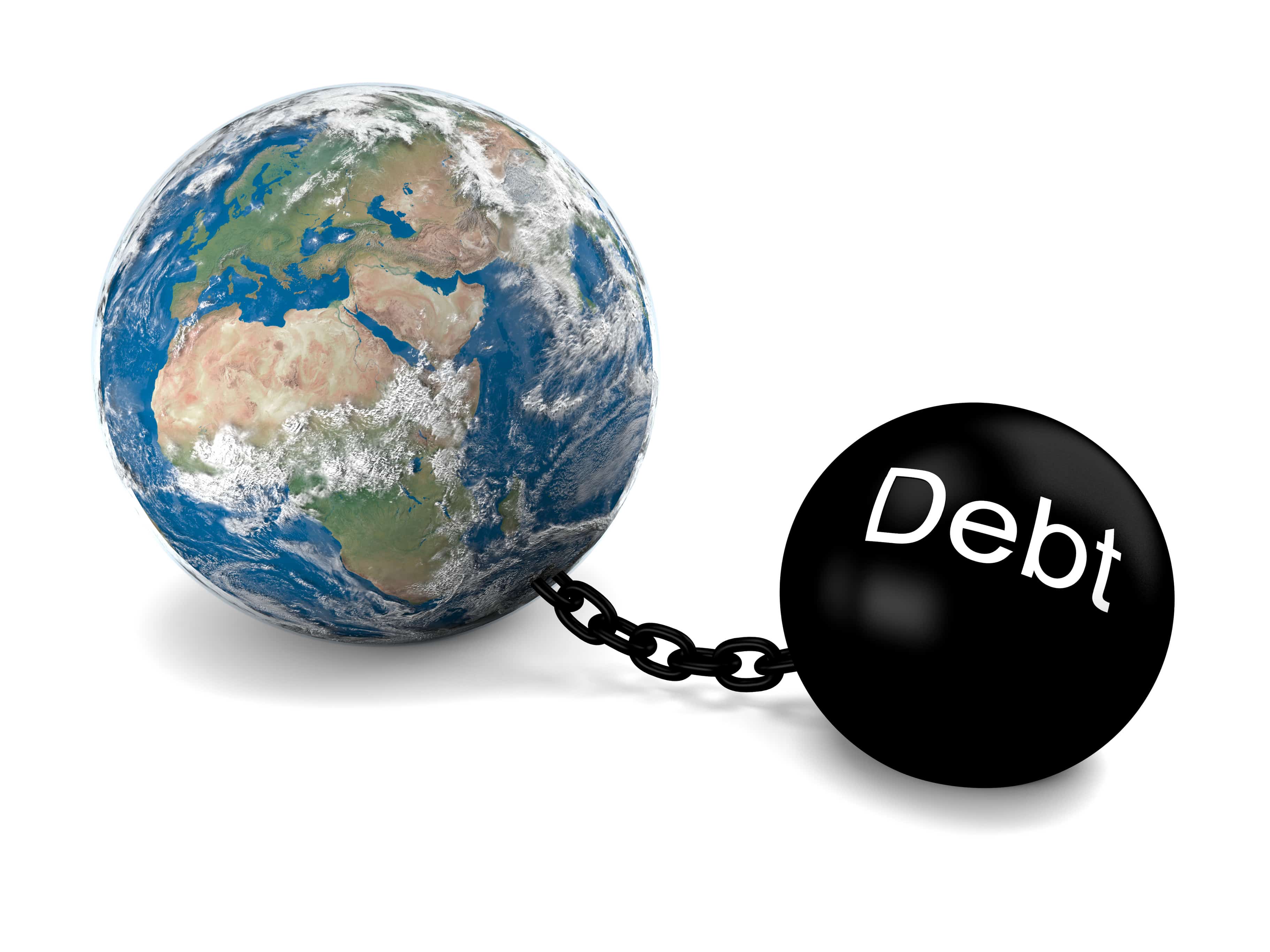Not too long ago the overwhelming consensus from the perennial Wall Street Carnival Barkers was that investors were enjoying a global growth renaissance that would last for as far as the eye can see.
Unfortunately, it didn’t take much time to debunk that fairy tale. After a lackluster start to 2018, the market’s expectations for global growth, for the remainder of this year, is now waning with each tick higher in bond yields, Pento Portfolio Strategies reported.
US economic growth displayed its usual sub-par performance in the first quarter of 2018; with real GDP expanding at a 2.3% annual rate, which was led by a sharp slowdown in consumer spending. The JPMorgan Global PMI, compiled by IHS Markit, fell for the first time in six months, down rather sharply from 54.8 in February to a 16-month low of 53.3 in March.
The index point drop was the steepest for the past two years. To put that decline in context, the February PMI reading was consistent with global GDP rising at an annual rate of 3.0%. However, the March reading is indicative of just 2.5% annualized growth.
Therefore, not only is global growth already in the process of slowing but the insidious bursting of the bond bubble is gaining momentum and should soon push the economy into a worldwide synchronized recession.
One thing that was on the rise in the first quarter of the year was inflation expectations. Consumer inflation increased at a three-month annual rate of 2%, as wage growth increased by nearly 3%. The increase in wage growth is most likely sounding alarm bells for the members of the US Federal Open Market Committee, who are of the belief that gainfully employed people are the very progenitors of runaway inflation.
This spurious reasoning will give more credence to the Phillips Curve Model of inflation and thus cause them (Fed) to hike rates to 2% at the June meeting. And also to signal that there are many more rate hikes ahead.
Nevertheless, before the US economy reaches its inevitable bout with intractable inflation, it will experience a deflationary depression cycle brought on by the unprecedented governmental experiment of raising rates at the same time it is also destroying $30 billion per month worth of its money. This phenomenon will soon increase to $50 come October—just as annual deficits leap well above $1 trillion.
IMF Concerned
The attempt of central banks to exit interest rate repression, along with a massively increased debt load, has dramatically stretched the skin on the international bond bubble so thin that air has started to pour out. And as interest rates are rising, global economies are coping with debt loads so massive they have even drawn the concern of the International Monetary Fund.
IMF calculates global debt hit $164 trillion at the end of 2016, which would be 225% of the size of the $73 trillion global economy; surpassing the prior peak in global debt of 213% of the worldwide economy in 2009.
The agency attributes this rise in global debt to unfunded tax cuts in the United States and the surge of new debt in China since 2007. In fact, China alone contributed 43% to the increase in debt since 2007. China’s debt surged from $1.7 trillion in 2001 to $25.5 trillion in 2016.
It describes China as the “driving force” behind the increase in global debts, with three-quarters of the rise in private sector debt during the past decade. China was once the growth engine for the global economy, but due to its teetering debt pile is now forcing headwinds upon global GDP.
More Daunting Data
But the Institute of International Finance has also calculated the debt burden, and the data here is even more daunting. They have the debt of worldwide economies pegged at $237 trillion as of September 30, 2017. If you do the math, $237 trillion in global debt will put global debt-to-GDP at a whopping 318%.
It is clear that massive global government debts impede growth. But these enormous debt loads aren’t limited to the sovereign level. Corporations are also carrying untenable debt loads. During the 2008 financial crisis, billionaire Warren Buffet famously noted that when the tide comes out, we can see who is swimming naked.
And today those skinny dippers are Zombie companies that are barely keeping their heads above water by refinancing debt at ultra-low rates. And there is no doubt as to what engendered these “Walking Dead” firms…the global bond bubble.
Meanwhile, according to an index published by the China Federation of Logistics and Purchasing, global manufacturing sector has expanded at a slower pace in April. The global manufacturing purchasing managers’ index stood at 54.4 last month, down from 55.2 in March, CFLP said.
The reading marks the second monthly decline in a row but is still at a relatively high level, indicating sound economic expansion around the globe, it said in a statement.


